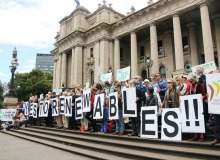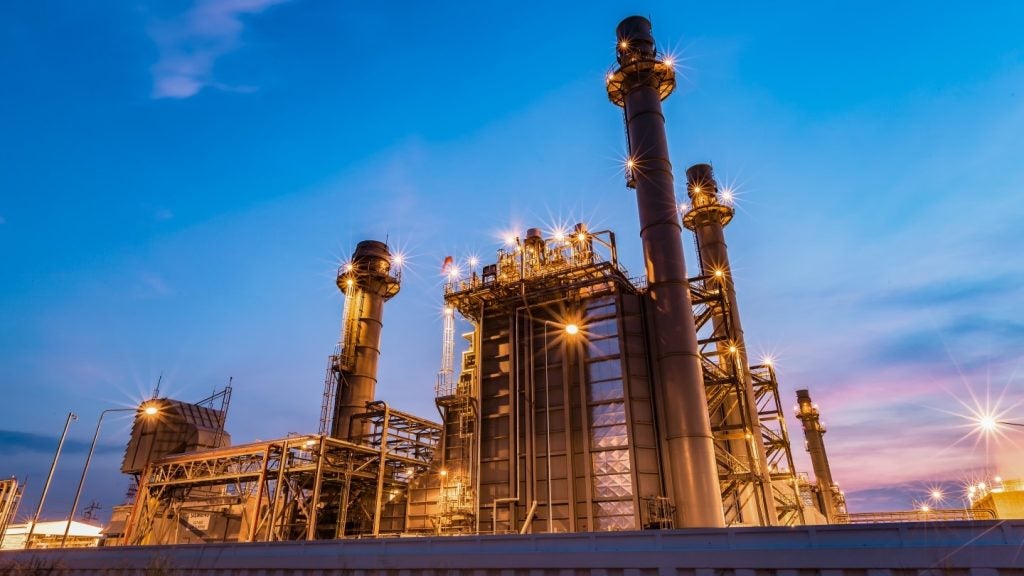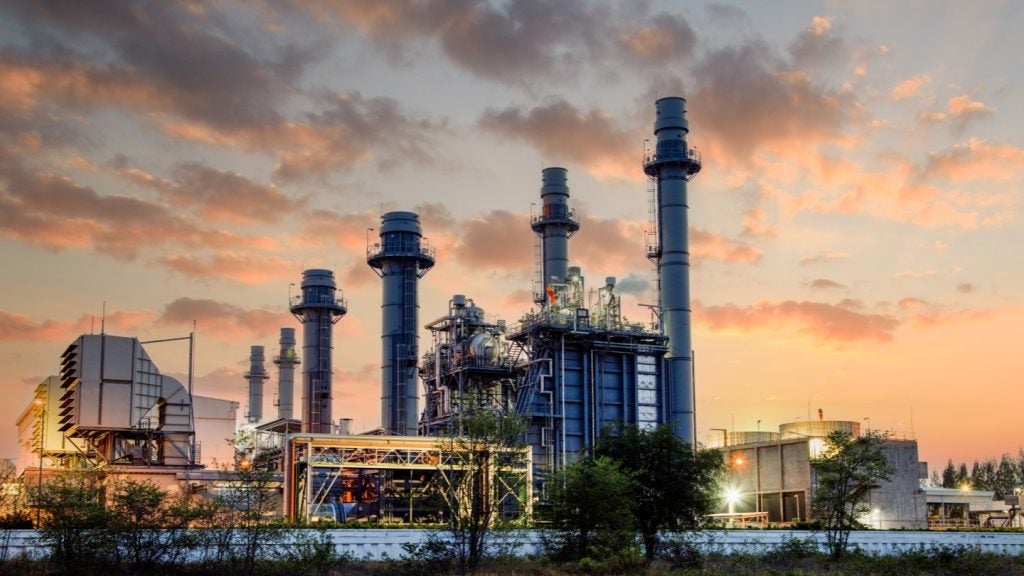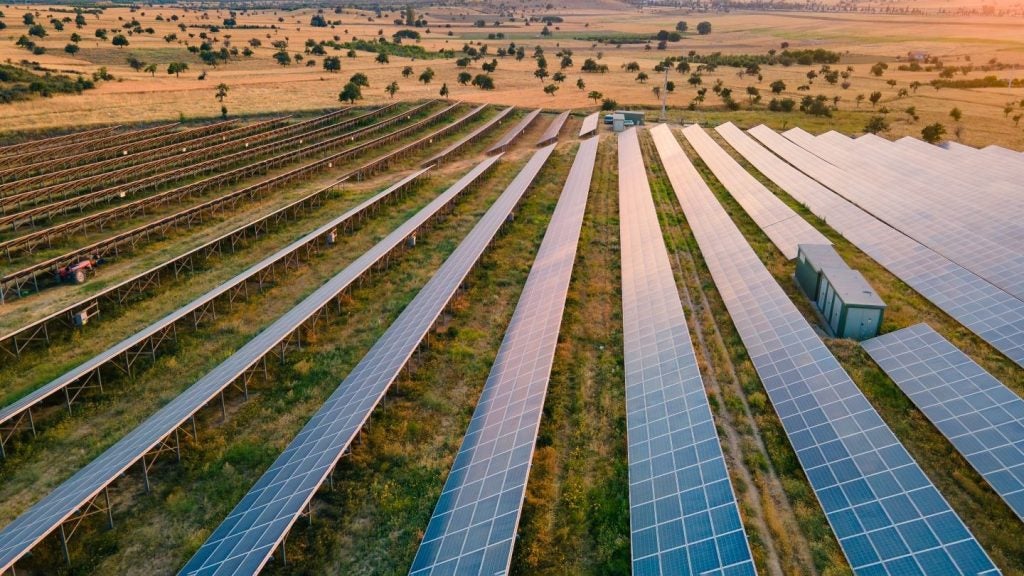

Benjamin Franklin famously commented that nothing in life is certain except death and taxes. When applied to the US renewable energy sector, the quote can be amended to read death and tax credits.
The US Federal Investment Tax Credit (ITC) approved by the US Senate on 28 June 2005, is an 11-year, $18.6bn package of energy tax breaks designed to incentivise renewable energy resources and conservation, everything from wind farms to solar, fuel cell, photovoltaic and biomass projects.
ITCs were expanded in 2008 as part of the Energy Improvement and Extension Act, and again a year later by the American Recovery and Reinvestment Act. The latter legislation aimed to establish the framework of US tax credit policy until a little more than a year from now on 31 December 2016.
In June 2013, President Obama instructed the US Environmental Protection Agency (EPA) to bypass Congress and take direct action to cut emissions from new natural gas and coal-fired power plants by 17% from 2005 levels by 2020, as part of the Democratic administration’s Climate Action Plan.
See Also:
Then, on 3 August last year, the President took the fight to the climate sceptics again by announcing new Clean Power Plan (CPP) standards to reduce CO2 emissions by a third from 2005 levels by 2030 – and restated that subsidies for US renewable power projects remain a key weapon in that battle.
How well do you really know your competitors?
Access the most comprehensive Company Profiles on the market, powered by GlobalData. Save hours of research. Gain competitive edge.

Thank you!
Your download email will arrive shortly
Not ready to buy yet? Download a free sample
We are confident about the unique quality of our Company Profiles. However, we want you to make the most beneficial decision for your business, so we offer a free sample that you can download by submitting the below form
By GlobalData"With this Clean Power Plan, by 2030, carbon pollution from our power plants will be 32% lower than it was a decade ago," President Obama stated. "By combining this with greater investment in our booming clean energy sector, and smarter investments in energy efficiency, and by working with the world to achieve a climate agreement by the end of this year, we can do more to slow, and maybe even eventually stop, the carbon pollution that’s doing so much harm to our climate."
Credit where it’s due: the evolution of the US Federal Investment Tax Credit
As recently as 2013, uncertainty over the scale of the US Government’s Production Tax Credit (PTC) forced leading wind turbine manufacturers including Siemens and Vestas to scale back operations and start laying people off, before a last-minute deal brokered in Congress extended the subsidy.
With its 2030 deadline, the revised CPP now offers stability over the next 15 years to renewable energy companies that have had to rely on precarious state and federal incentives to drive growth.
"The manufacturers will keep investing if we can look forward and say over the next five-plus years we’re going to see continued demand for this product," Mike Garland, CEO of Pattern Energy Group, owner of 16 wind farms across the US, Canada and Chile, told Reuters.
The original incarnation of the ITC was made available to commercial, industrial and agricultural companies, and investor-owned and cooperative utilities, across 16 energy production categories including wind, combined heat and power (CHP), solar photovoltaics, geothermal and microturbines.
For solar and fuel cell generation systems in service on or before 31 December 2016, the credit is equal to 30% of expenditures, with credit for the latter capped at $1,500 per 0.5kW of capacity.
For small wind turbines up to 100kW, the 30% of expenditure criteria also applies. However, the aforementioned US Recovery and Reinvestment Act of 2009 removed the $4,000 maximum credit limit for small wind turbines, which must meet performance and quality standards set forth by the American Wind Energy Association (AWEA) or the International Electrotechnical Commission (IEC).
Geothermal, CHP and microturbine systems are subject to credit equal to 10% of expenditures, with no maximum credit limit; the credit for the latter technology is capped at $200 per kW of capacity.
The 2008 Energy Improvement and Extension Act not only extended the duration of credits for solar energy, fuel cells and microturbines by eight years; it also increased the credit for fuel cells; set up new credits for small wind-energy systems, geothermal heat pumps, and CHP systems; and allowed utilities to use credits and taxpayers to take the credit against the alternative minimum tax (AMT).
Significantly, the American Recovery and Reinvestment Act of 2009 repealed a previous restriction on the use of the credit for projects supported by ‘subsidised energy financing,’ the term given to federal, state or local programmes that help pay for energy conservation or production projects.
Taxing times: changes to renewable energy subsidies and political protest
So, with a little over a year to go before the ITC expires, can renewable operators in the US continue to rely on generous federal and state tax subsidies, or is the era of government largesse at an end?
Key changes are scheduled for systems brought online after 31 December 2016. Firstly, credit will expire for geothermal heat pumps, hybrid solar lighting, small wind, fuel cells, microturbines, and CHP systems. And as importantly, credit for equipment that uses solar energy to generate electricity, to heat or cool a structure, or for solar process heat will decrease by two thirds from 30% to 10%.
The solar industry, concerned that the marked drop in subsidies may deter potential investors and wind component OEMs, is hoping that up to the end of 2016, lobbyists can use the need to meet the higher renewables threshold to convince legislators to soften the initial cut.
"It gives new hope to a different approach – abrupt change is rarely good for industry," said Tom Werner, CEO of SunPower Corporation told Reuters, adding that since its introduction in 2006 the ITC has allowed solar to become cost-competitive with fossil fuels in roughly a third of the US states.
The very idea of government subsidies for renewable energy projects is abhorrent to the majority of President Obama’s political opponents, of course, not least the Republican presidential candidates.
In a blog entry posted in May 2014 as the campaign to renew the PTC was moving through Congress, Nancy Pfotenhauer, former economic counsel to Sen William Armstrong, chief economist for the Republican National Committee, argued that tax breaks for the wind industry hurt US taxpayers.
"It simply does not make sense for the government to subsidise energy technologies that are economically unviable, while attempting to restrict other options that provide reliable and affordable energy for everyday Americans," she said in the blog titled ‘Big wind’s bogus subsidies’.
"While subsidies may allow wind turbine makers to pump up their payrolls, the rest of the economy suffers as a result. The subsidy diverts labor and capital away from productive areas of the economy, which slows overall economic growth," she added.
Coal mining states such as Wyoming, West Virginia and Kentucky fear their economies will suffer and are likely to file lawsuits to block the CCP proposals, which may ultimately reach the US Supreme Court.
Future power: can renewables really become part of the US energy mix?
The MAC Global Solar Energy Stock Index fell 3% in the wake of the CPP announcement in August as
renewable energy investment analysts and investors wait and see how the market reacts to both the CPP proposals and the ITC expiration. US states have until September 2016 to submit CO2 reduction plans to the US Environmental Protection Agency and until 2022 to comply with the new regulations.
"For a publicly traded company that’s fast growing, 2022 is a lifetime from now," Alex Laskey, president of US energy software provider Opower Inc told Reuters. "But the shift has to begin now."
And begin it has. Clean energy advocates are confident that President Obama’s policy of federal and state tax subsidies for renewables will prevail, and that the transition from coal to alternative energy sources such as solar and wind simply has too much political momentum to be denied at this stage.
"Those who are positive on renewables see this happening regardless of what a politician might say at any given point in time," said Tony Tursich of Trillium Asset Management. "Renewable energy is going to continue to grow despite who gets elected president in the United States in 2016."






